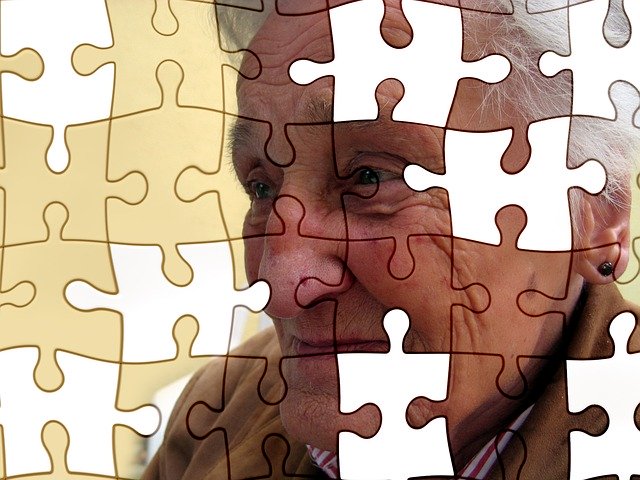
Sundowners syndrome,” “sundowning,” and other similar terms are commonly used in hospitals and long-term care environments when older patients become confused or agitated in the late afternoon, evening, or nighttime. But did you know that the whole concept of sundowning is somewhat controversial? This topic makes some caregivers and medical professionals uncomfortable for exactly that reason. They believe that opportunities for better care and treatment of patients with dementia may get missed due to this concept being too casually used to explain problematic behavior.
That’s why it’s essential to understand what sundowning is—and what it’s not. When you know how and why terminology like “sundown syndrome” gets applied (or misapplied) to various behaviors, you can take steps to improve the quality of life for the person you care about. This article will help clarify some of the popular misconceptions you may have encountered.
Read the entire article HERE for more detailed information.
This information provided courtesy of Great Senior Living.

 A recent study on moving patterns for retirees in the United States found that hundreds of thousands of Americans who retire each year are choosing to move somewhere other than where they currently live. That’s especially true in the past year, as 30 percent more people moved for retirement in 2020 than did the year before, a continuation of a trend in place since 2012. Roughly one-fourth of those chose to move away from cities and metropolitan areas, and about 40 percent moved to a different state. Florida has long been the number one destination for Americans leaving their state for retirement, although Virginia was the most popular destination in 2020.
A recent study on moving patterns for retirees in the United States found that hundreds of thousands of Americans who retire each year are choosing to move somewhere other than where they currently live. That’s especially true in the past year, as 30 percent more people moved for retirement in 2020 than did the year before, a continuation of a trend in place since 2012. Roughly one-fourth of those chose to move away from cities and metropolitan areas, and about 40 percent moved to a different state. Florida has long been the number one destination for Americans leaving their state for retirement, although Virginia was the most popular destination in 2020. If you’re visiting or reconnecting with a friend or loved one who is living with dementia, you may face some communication challenges. But don’t let that keep you from connecting. Here are some suggestions to help you overcome those challenges and have engaging conversations, stay connected and maintain your relationship.
If you’re visiting or reconnecting with a friend or loved one who is living with dementia, you may face some communication challenges. But don’t let that keep you from connecting. Here are some suggestions to help you overcome those challenges and have engaging conversations, stay connected and maintain your relationship. To be effective, medicine must be taken safely and according to prescribing guidelines. In addition, patients and health care providers should both be vigilant about the dangers of drug interactions.
To be effective, medicine must be taken safely and according to prescribing guidelines. In addition, patients and health care providers should both be vigilant about the dangers of drug interactions.